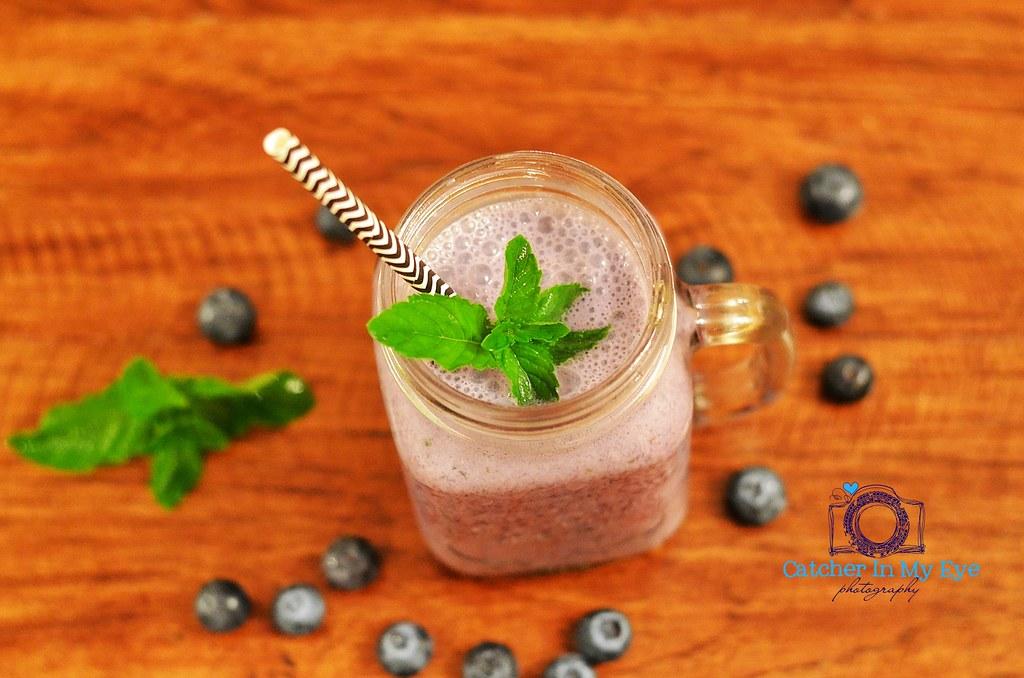In the kaleidoscopic world of nutrition, where trends come and go with the seasons, fermented superfoods have emerged as both a culinary fascination and a health enigma. These time-honored delicacies, bubbling with life and flavor, promise a treasure trove of benefits, from gut health to immune support. Yet, as with all things vibrant and alive, there lies an inherent duality. Are these fermented wonders the panacea they’re often touted to be, or do they harbor risks that could turn their tangy allure into a cautionary tale? As we delve into the effervescent universe of fermented superfood recipes, we aim to unravel the complex interplay between their celebrated virtues and potential pitfalls, offering a balanced perspective on whether these culinary concoctions are truly a friend to our well-being or a foe in disguise.
Understanding the Science Behind Fermentation
At its core, fermentation is a transformative process where microorganisms like bacteria, yeast, or fungi convert organic compounds—typically sugars and starches—into alcohol or acids. This ancient technique not only enhances the flavor and nutritional profile of foods but also acts as a natural preservative. The science behind fermentation is fascinating, as it relies on the symbiotic relationship between these microorganisms and their environment. Key factors influencing the fermentation process include:
- Temperature: The right temperature is crucial for optimal microbial activity.
- pH Levels: Acidity plays a vital role in preventing harmful bacteria growth.
- Oxygen Availability: Some fermentations require aerobic conditions, while others thrive in anaerobic settings.
While fermentation can enhance the safety of food by creating inhospitable conditions for pathogens, it is not without its risks. Proper sanitation and control over the fermentation environment are critical to avoid contamination. Therefore, understanding the intricate science of fermentation is essential for ensuring that your superfood recipes are both safe and beneficial.

Evaluating the Nutritional Benefits and Risks
When it comes to the nutritional profile of fermented superfoods, there are both noteworthy benefits and potential risks to consider. Fermentation enhances the bioavailability of nutrients, making them easier for the body to absorb. This process can increase levels of vitamins, such as B vitamins and vitamin K, while also introducing beneficial probiotics that support gut health. Additionally, fermentation can help reduce the presence of antinutrients, which can interfere with nutrient absorption.
However, it’s essential to be aware of the risks involved. Improper fermentation can lead to the growth of harmful bacteria and toxins. Potential risks include:
- Contamination due to unsanitary conditions
- Allergic reactions to new compounds formed during fermentation
- High salt content in some fermented foods, which may not be suitable for individuals with hypertension
While fermented superfoods can be a healthful addition to one’s diet, ensuring proper preparation and storage is crucial to minimize these risks.

Expert Tips for Safe Fermented Superfood Preparation
When diving into the world of fermented superfoods, ensuring safety is paramount. Here are some expert tips to keep your fermentations both delicious and safe:
- Cleanliness is Key: Always start with sterilized equipment and clean hands. Contamination can lead to unwanted bacteria growth.
- Use Fresh Ingredients: The fresher the produce, the better the fermentation. Avoid using bruised or moldy items.
- Control the Environment: Maintain the right temperature and humidity. A cool, dark place is usually ideal for most fermentations.
- Monitor pH Levels: Invest in a pH meter to ensure your fermentations reach the appropriate acidity, typically below 4.6 for safety.
- Observe and Smell: Trust your senses. A pleasant sour smell and absence of mold are good indicators of a successful fermentation.
By adhering to these guidelines, you can enjoy the health benefits of fermented superfoods without the worry. As with any culinary endeavor, patience and attention to detail will yield the best results.

Balancing Flavor and Safety in Homemade Fermented Recipes
Creating homemade fermented recipes can be an exciting culinary adventure, blending tradition with innovation. The key to a successful and safe fermentation process lies in balancing flavor with safety. Fermented foods are teeming with probiotics, enhancing gut health and offering a delightful burst of flavors. However, it’s crucial to adhere to certain guidelines to ensure that these benefits are not overshadowed by safety risks.
- Use Fresh Ingredients: Always start with fresh, high-quality produce to minimize the risk of contamination.
- Sterilize Equipment: Ensure all jars, lids, and utensils are thoroughly cleaned and sterilized before use.
- Monitor pH Levels: Maintaining the correct pH level is vital for inhibiting harmful bacteria while encouraging the growth of beneficial ones.
- Follow Trusted Recipes: Stick to tried-and-tested recipes, especially when you’re new to fermentation, to ensure a safe balance of ingredients and fermentation time.
- Watch for Signs of Spoilage: Be vigilant about unusual odors, colors, or textures that might indicate spoilage.
While experimenting with flavors can be tempting, it’s essential to respect the science behind fermentation. Understanding the role of salt, temperature, and time can help you craft fermented superfoods that are not only delicious but also safe to consume.
